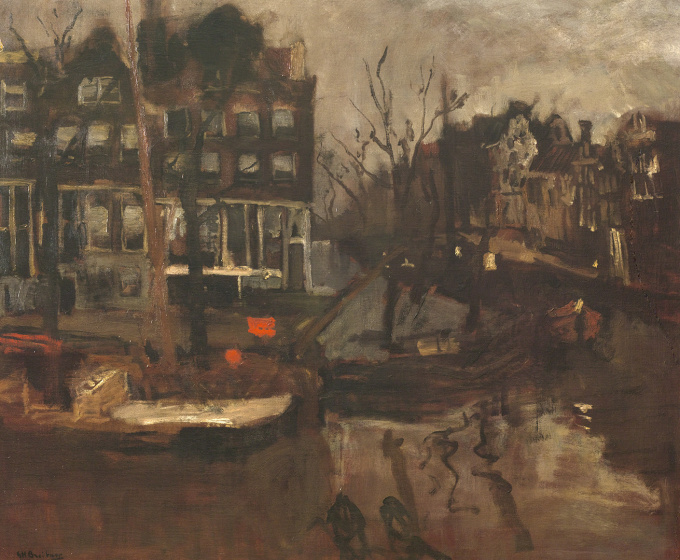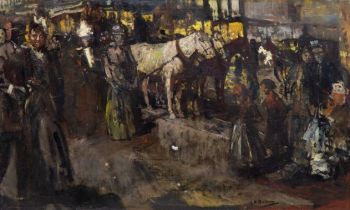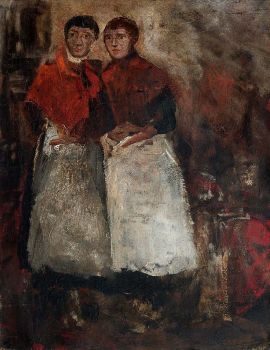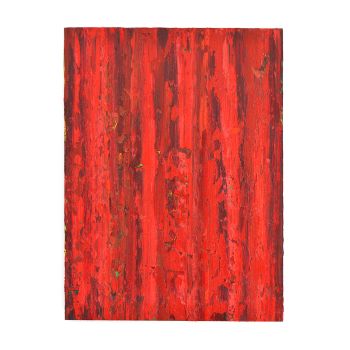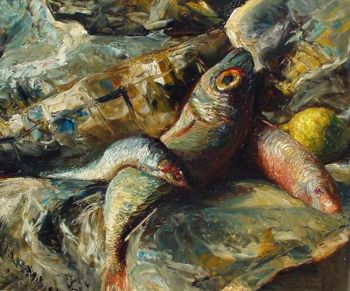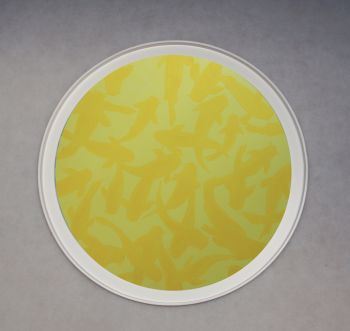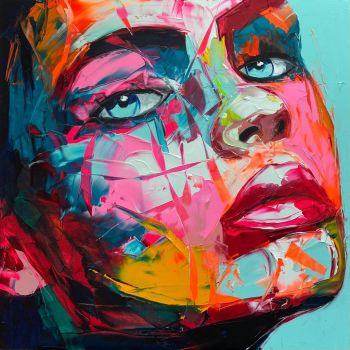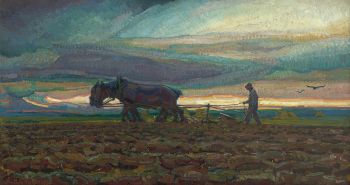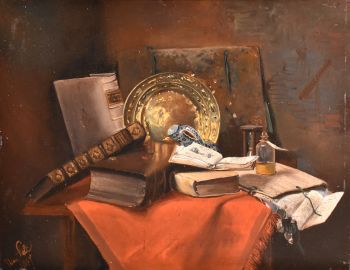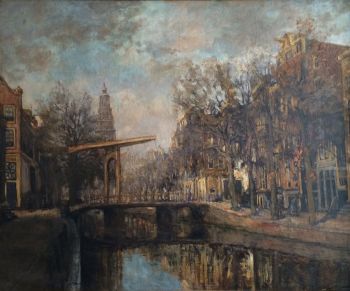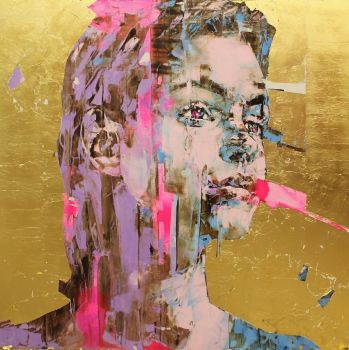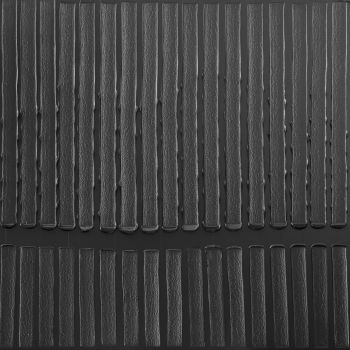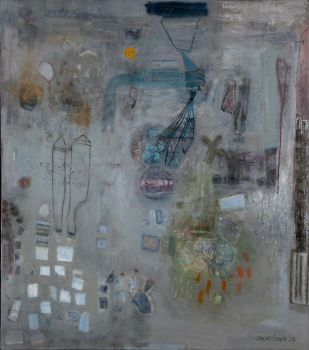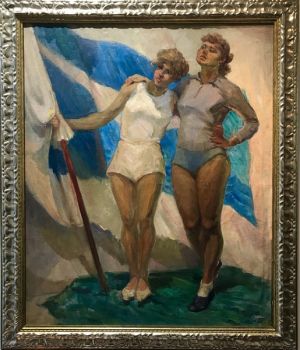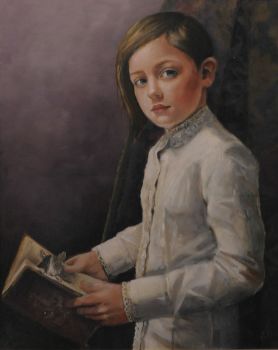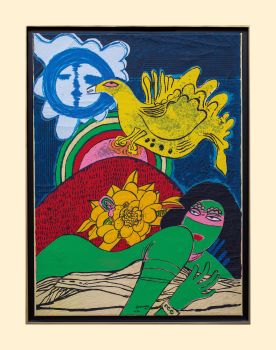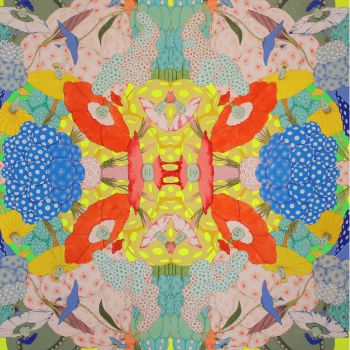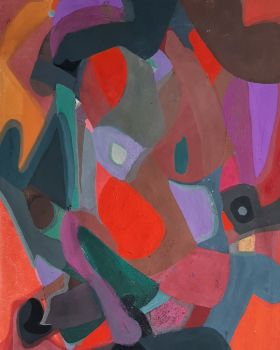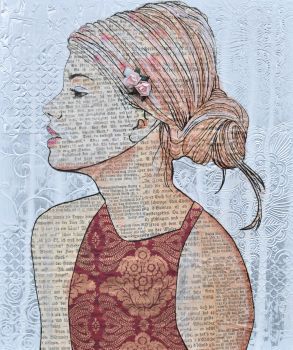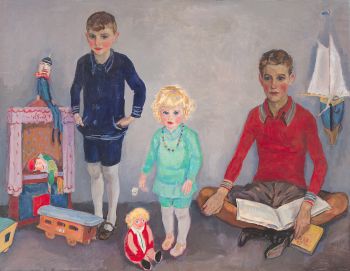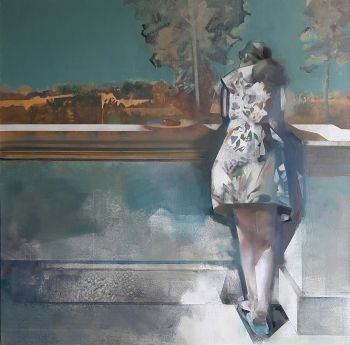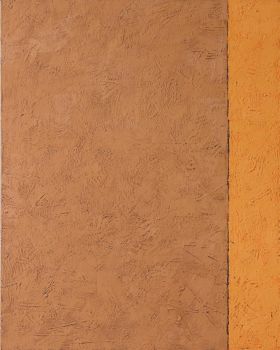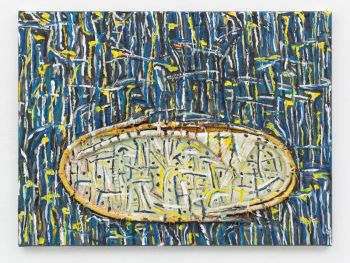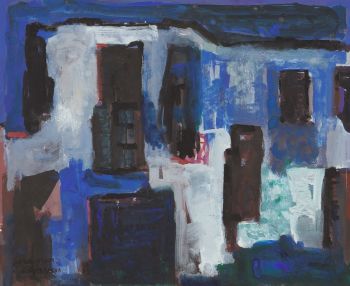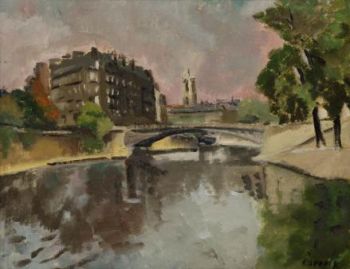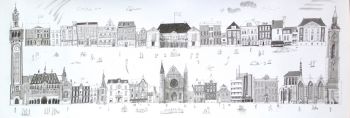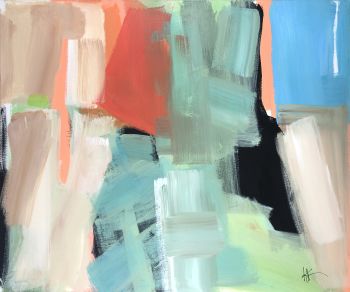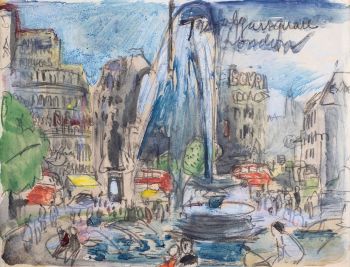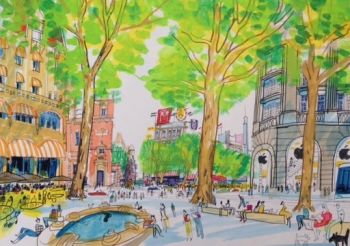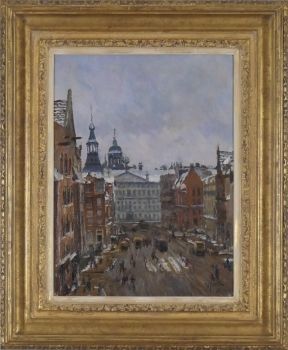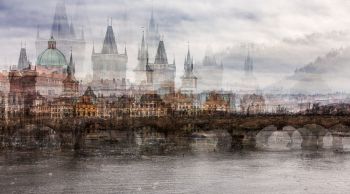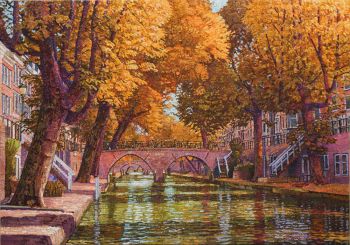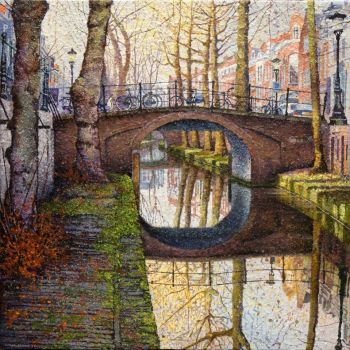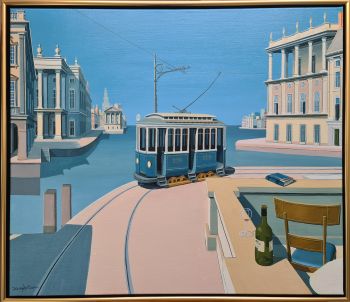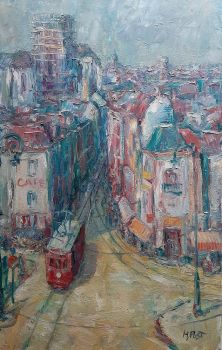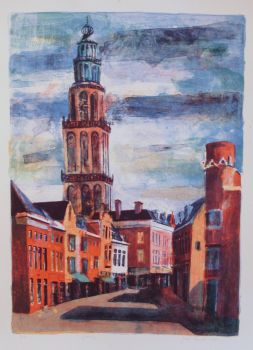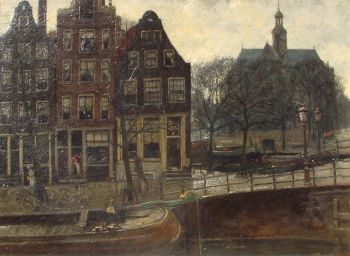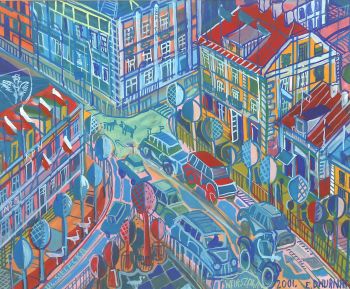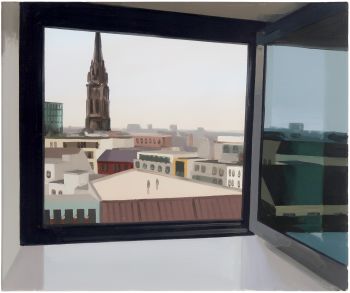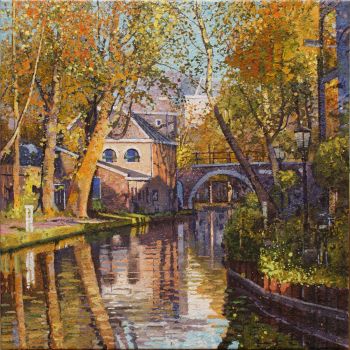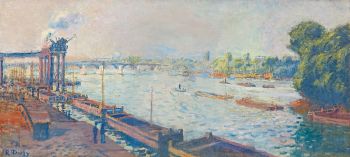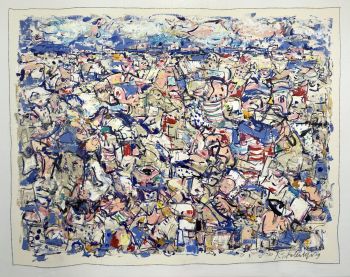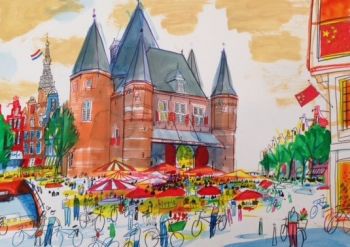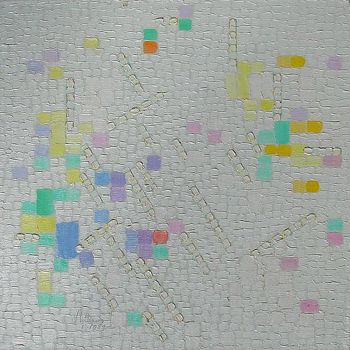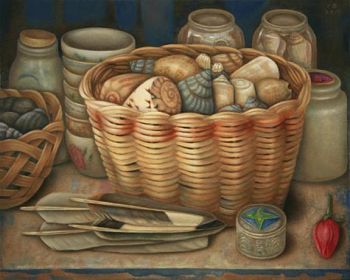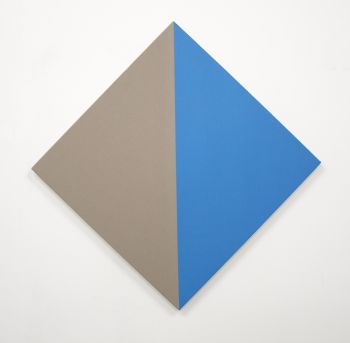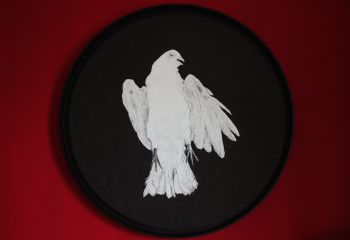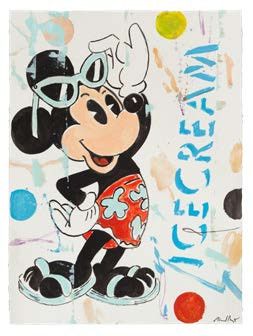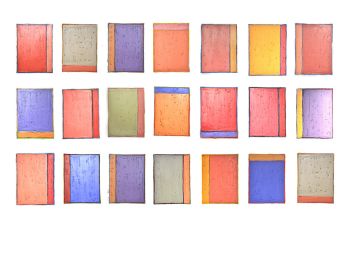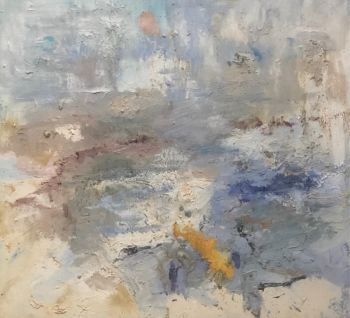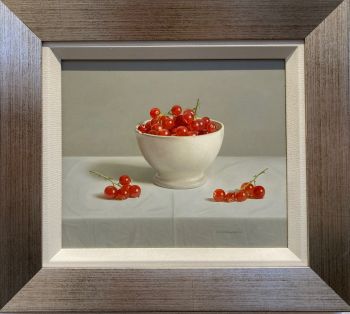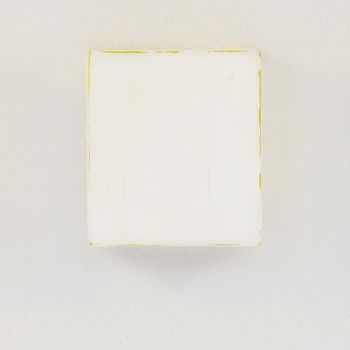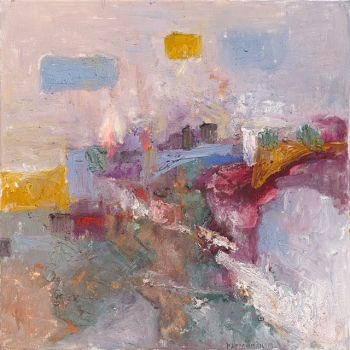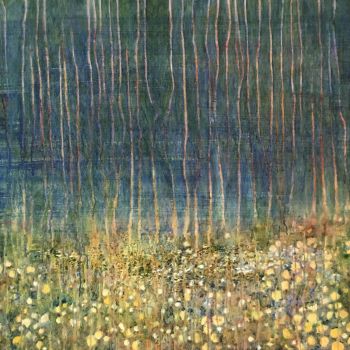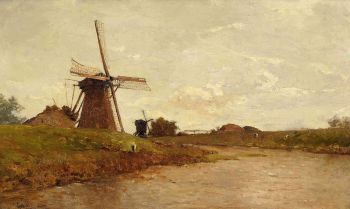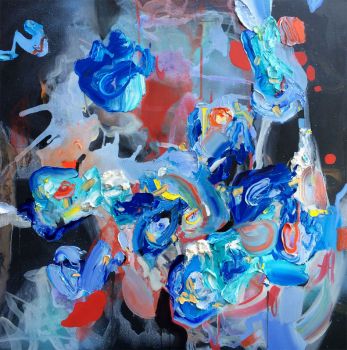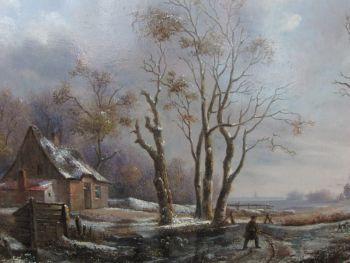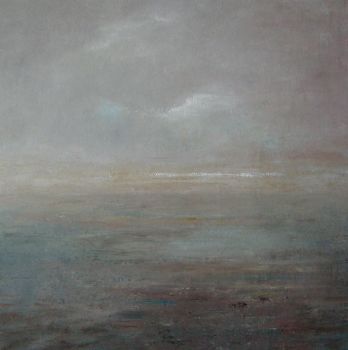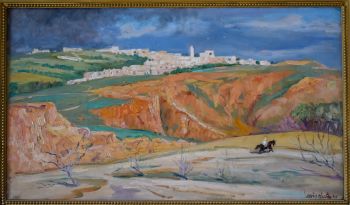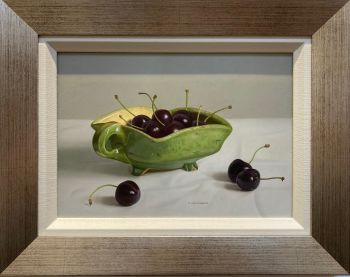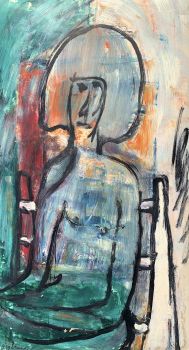The Brouwersgracht near the Korte Prinsengracht, Amsterdam 1900
George Hendrik Breitner
LienzoPintura de aceitePintura
85 ⨯ 101 cm
ConditionExcellent
Actualmente no disponible a través de Gallerease
- Sobre la obra de arteOil on canvas
85 x 101 cm.
Signed: lower left ‘G.H. Breitner’
Provenance:Private collection, The Netherlands; Kunsthandel Kupperman, Amsterdam; vlg. Sotheby’s Amsterdam 24-4-2007, lotno. 254; Amsterdams Historisch Museum, on loan, inv.no. SB 6324.
The Brouwersgracht, Korte Prinsengracht and Haarlemmerstraat, all within a circle of not more than 100 metres, were like an open air studio to Breitner. He painted many views of the busy bridges and canals, populated by horse-drawn carts, pedestrians and workmen. In the work of Breitner, who very much sided with the ordinary working class, the human figure played an essential role. He painted the figures at close range, making the beholder feel part of the scene, as if we are standing in the street, amidst the passers-by. Paintings like the present lot show a different aspect of Amsterdam and focus on the calm serenity and timeless beauty of the canals with their gabled houses, seen from a bird's eye view. In this loosely painted view the human figure plays no role. Breitner executed the present lot around 1900. A larger version of the same subject, depicted in winter time, is in the collection of the Rijksmuseum, Amsterdam (on loan to the Historisch Museum in Amsterdam). - Sobre el artista
George Hendrik Breitner (1857-1923) nació en Rotterdam.
En 1876 se matriculó en la academia de La Haya. Posteriormente, trabajó en el estudio de Willem Maris. En este período temprano estuvo especialmente influenciado por los pintores de la Escuela de La Haya.
Breitner prefería modelos de clase trabajadora: jornaleros, sirvientas y gente de barrios de clase baja. Se veía a sí mismo como 'le peintre du peuple', el pintor del pueblo.
En 1886 se trasladó a Amsterdam, donde registró la vida de la ciudad en bocetos, pinturas y fotografías. A veces hacía varias fotografías del mismo tema, desde distintos ángulos o en distintas condiciones meteorológicas. Las fotos pueden servir como ejemplo para una pintura, como para sus retratos de niñas en kimonos, o como material de referencia general.
Breitner colaboró a menudo con Isaac Israels; Ambos pintores se conocen como impresionistas de Amsterdam. Los críticos conservadores calificaron el estilo de Breitner de "inacabado".
Artwork details
Related artworks
- 1 - 3 / 3
 curada por
curada porGallerease Magazine
1 - 4 / 24- 1 - 4 / 24
Rene Rietmeyer
"Japan, Tokyo, Kudan House" 20212021
Precio a consultarEuropean Cultural Centre Collection
Chaya Kupperman
Bronwater II, no. 6, het buitenatelier Italia2019
Precio a consultarGalerie Het Noorderlicht
1 - 4 / 24

